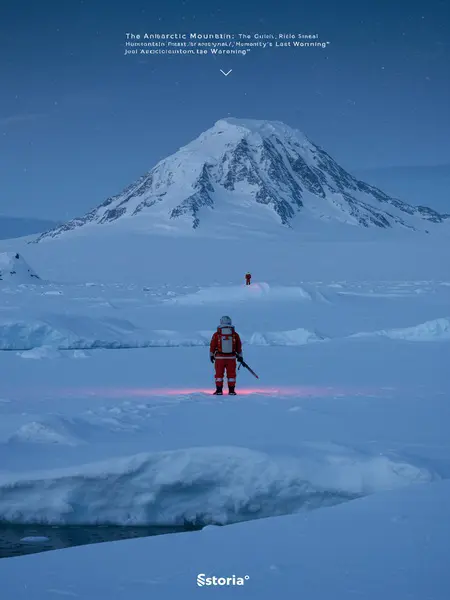Chapter 6: Theories and Fears
Experts from around the world offered their theories, debating the cause of the quake.
One Russian scientist gesticulated wildly, another Japanese expert quietly scrawled on her notepad. There was an urgency to the arguments, as if time itself were running out.
I said nothing, staring at the data on the screen, absentmindedly doodling in my notebook.
The focal depth matched our bureau’s observations, so it was likely accurate.
In academic terms, earthquakes deeper than 300 kilometres are called deep-focus earthquakes.
The cause of deep-focus earthquakes remains a mystery.
The deepest earthquake in recorded history was the Sulawesi quake in Indonesia on 29th June 1934, with a focal depth of 720 kilometres.
Normally, by the time energy from such a deep quake reaches the surface, most of it has dissipated, greatly reducing its destructive power.
But this Antarctic earthquake was staggeringly destructive, nearly obliterating the surface.
So, just how enormous was the energy released at the focus?
Even the usually unflappable Dr. Singh looked troubled, running his fingers through his thick hair. The data felt like a riddle posed by some ancient rishi—impossible, yet undeniable.













